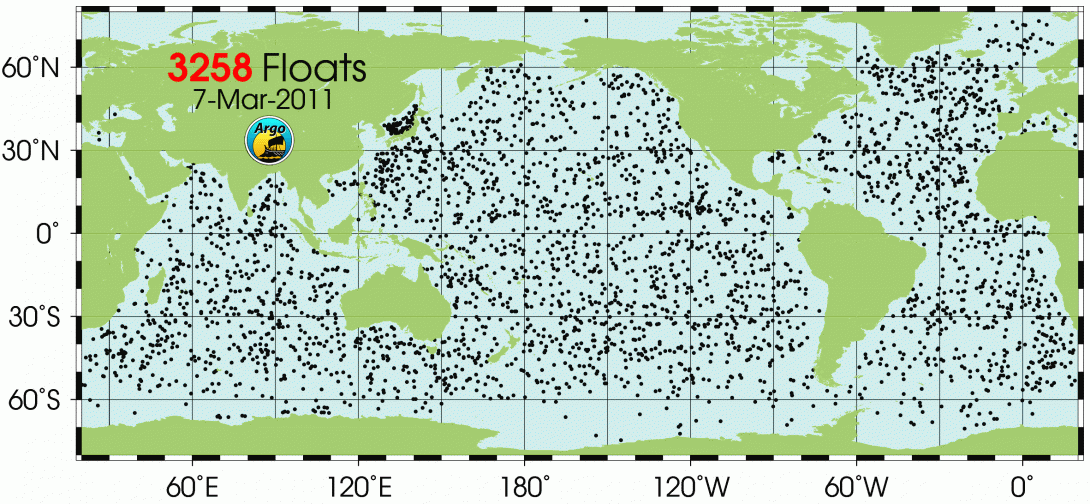Excellence in Partnering Honor Roll
Excellence in Partnering Awards are presented annually to research teams that best demonstrate the partnerships objectives of NOPP, recognizing the project’s commitment to partnering, the success of the partnership effort, and the impact of the partnership on oceanography.
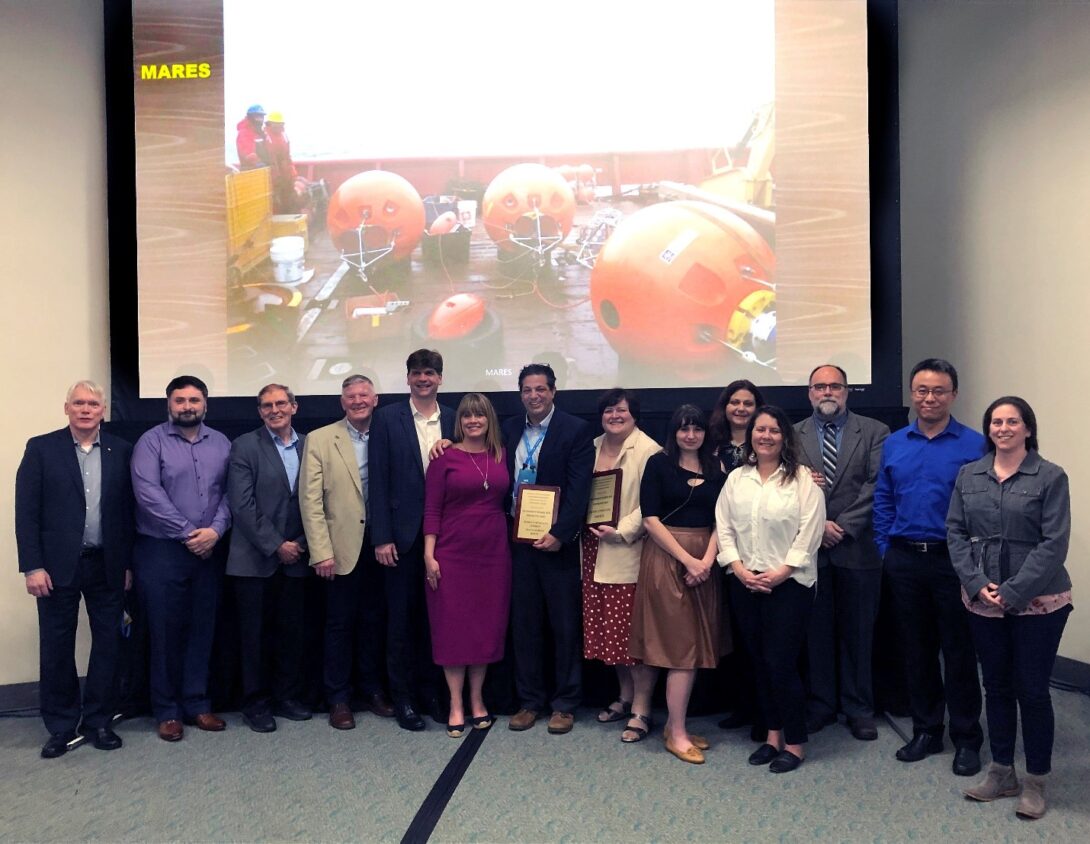
Marine Arctic Ecosystem Study (MARES)
The National Oceanographic Partnership Program (NOPP) is pleased to announce that the Marine Arctic Ecosystem Study (MARES) is the 2019 recipient of the NOPP Excellence in Partnering Award. The award was presented at the 2020 Ocean Sciences Meeting in San Diego, California. Read more

GOM-SCHEMA
2017 EXCELLENCE IN PARTNERING AWARD The The Gulf of Mexico Shipwreck Corrosion, Hydrocarbon Exposure, Microbiology, and Archaeology Project (GOM-SCHEMA) team, led by Dr. Leila J. Hamdan of the University of Southern Mississippi and Melanie Damour of the Bureau of Ocean Energy Management, investigated the impact of oil exposure on historic shipwrecks from the microscopic to […] Read more
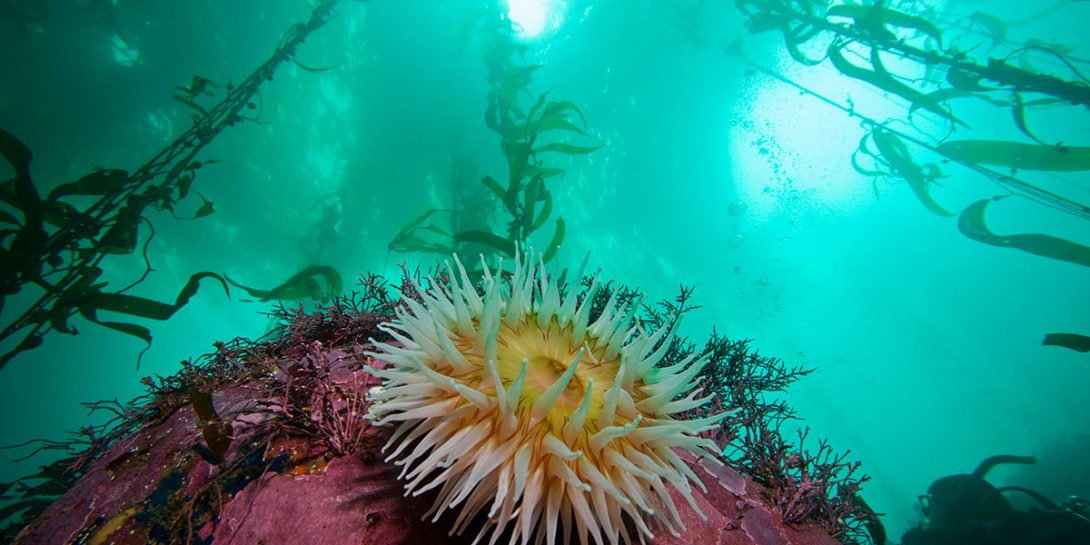
Sanctuaries MBON
2016 EXCELLENCE IN PARTNERING AWARD National Marine Sanctuaries as Sentinel Sites for a Demonstration Marine Biodiversity Observation Network (MBON) Lead PI: Frank Muller-Karger, University of South Florida Co-PIs: Francisco Chavez, Monterey Bay Aquarium Research Institute; Scott Doney and Maria Kavanaugh, Woods Hole Oceanographic Institution; Enrique Montes, USF; Steve Gittings, NOAA Office of National Marine Sanctuaries Sanctuaries […] Read more
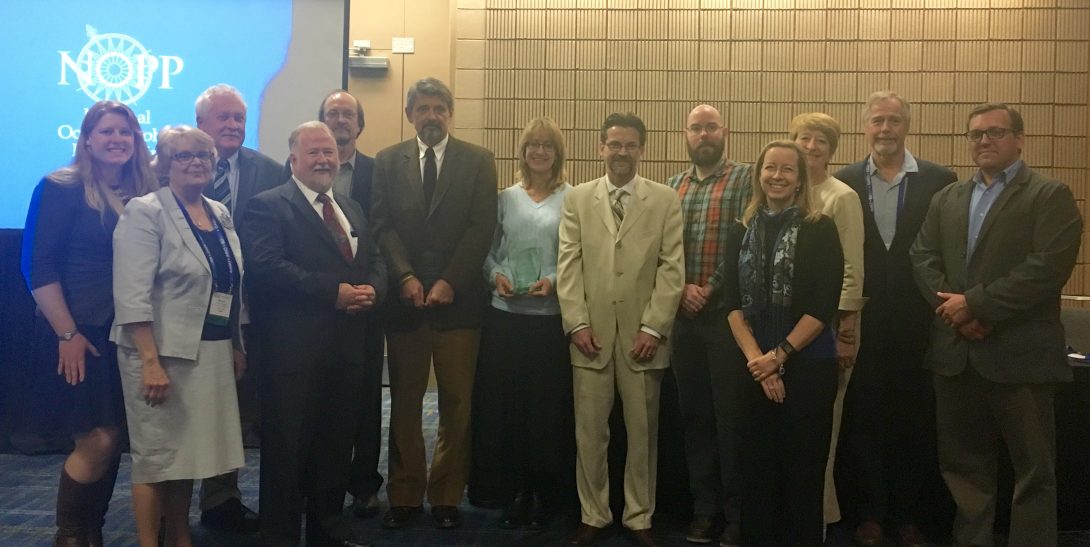
Atlantic Canyons: Pathways to the Abyss
Exploring the deep-water and benthic marine habitats of two mid-Atlantic Canyons located offshore of Virginia and Maryland. Read more
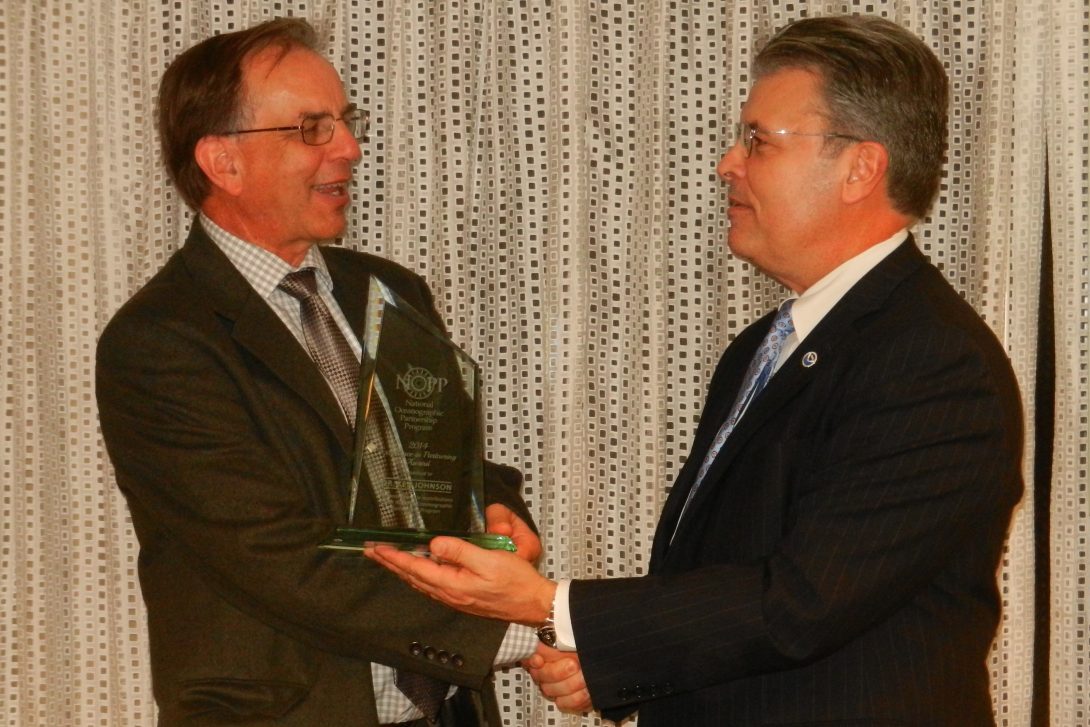
Deep-Sea Durafet pH Sensors
The development of the “Deep-Sea Durafet pH” sensor enables autonomous monitoring of ocean pH as it relates to increases in atmospheric carbon dioxide. Read more
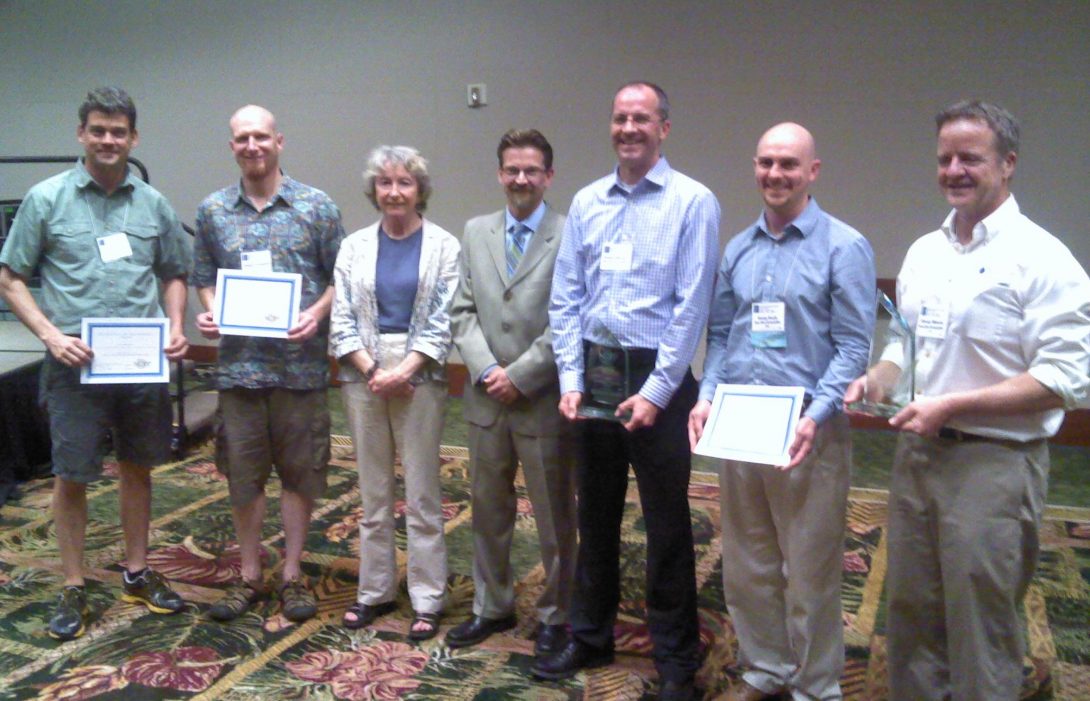
Chemical Sensors for Nutrient Monitoring
The development of long-term in situ nutrient sensor systems. Read more
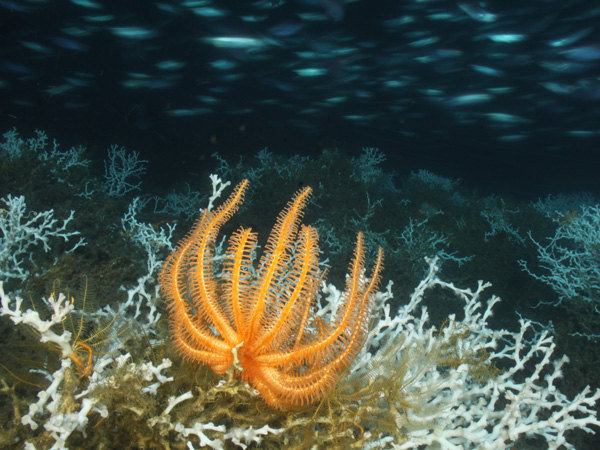
Deepwater Gulf Habitats
Researching of deep-sea corals near active oil and gas platforms in the Gulf of Mexico. Read more

Arctic Coastal Retreat in a Warming Climate
Monitored of erosion processes using time-lapse photography, meteorological and oceanographic data. Read more
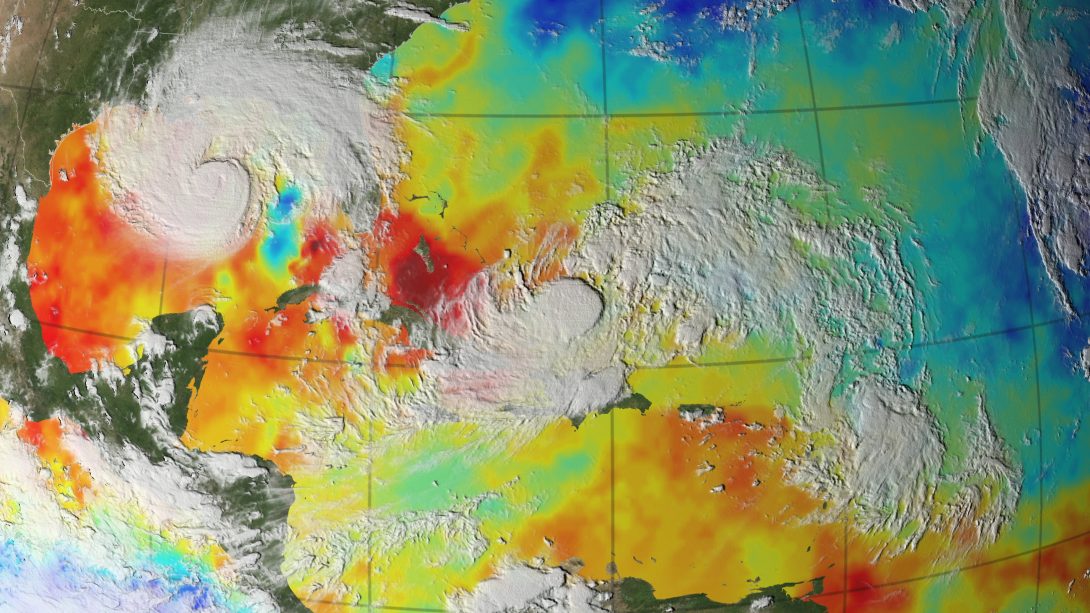
Multi-sensor Improved Sea Surface Temperature (MISST)
Global Ocean Data Assimilation Experiment (GODAE) produced an improved, high-resolution, global, near-real-time (NRT) sea surface temperature analyses. Read more
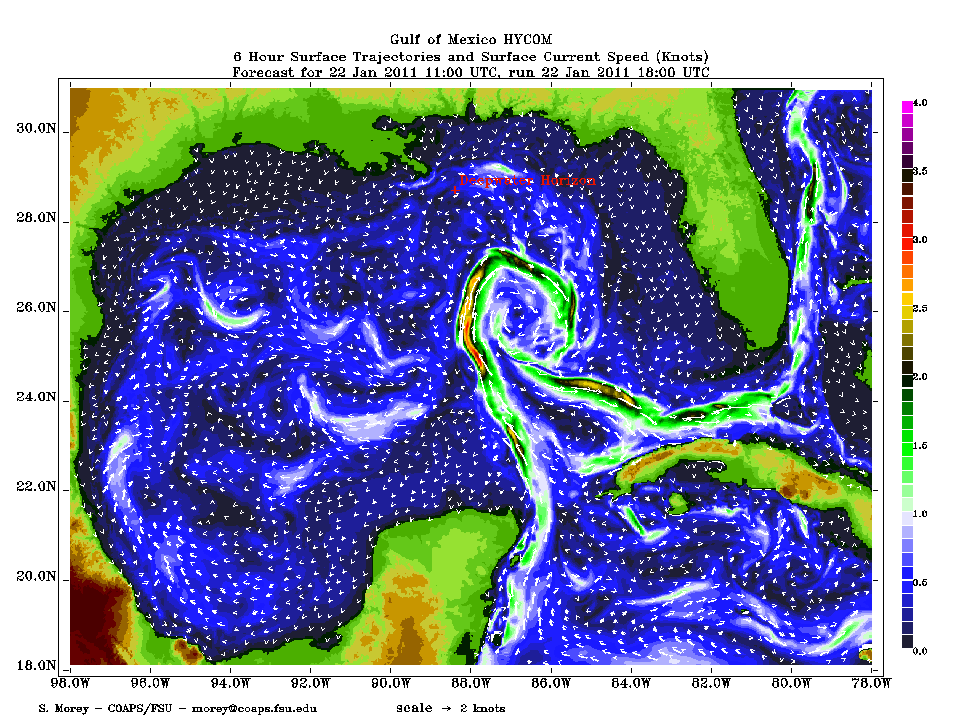
U.S. GODAE
A broad partnership of institutions demonstrating the performance and application of eddy-resolving, real-time global and basin-scale ocean prediction systems using the HYbrid Coordinate Ocean Model (HYCOM). Read more
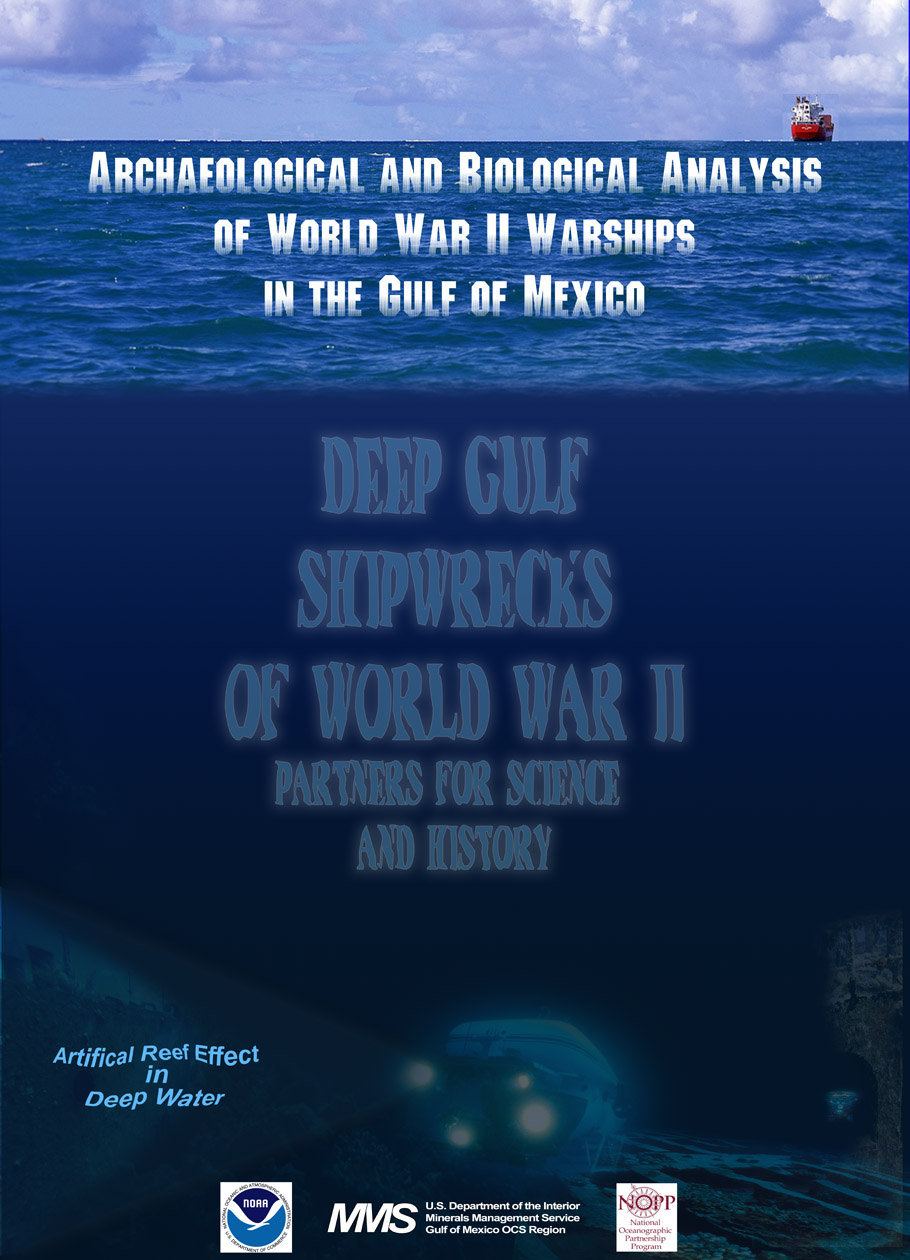
World War II Shipwrecks in the Gulf of Mexico
The biological and archaeological aspects of six World War II era shipwrecks in the north-central portion of the Gulf of Mexico. Read more

Benefits of Regional Ocean Observing Systems
Project estimating the potential economic benefits of new investments in regional coastal ocean observing systems in US waters. Read more
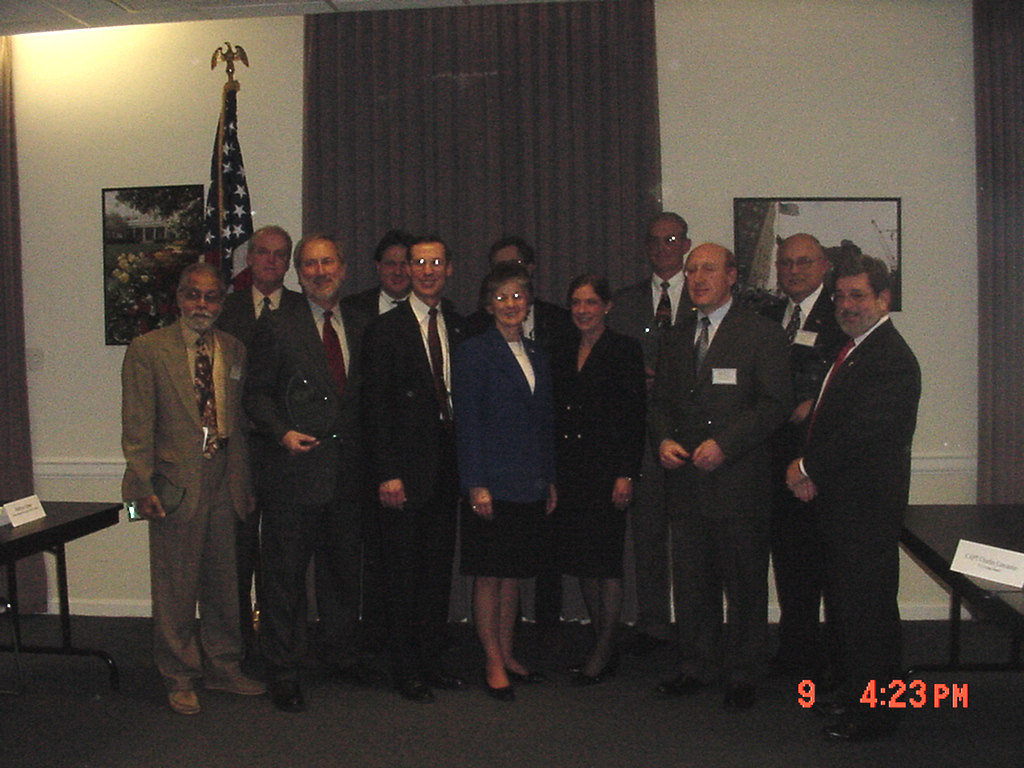
Coastal Marine Demonstration Project (CMDP)
A two-year partnership, which developed, improved, delivered and evaluated experimental marine forecast products for mariners of the Chesapeake Bay and surrounding coastal ocean. Read more
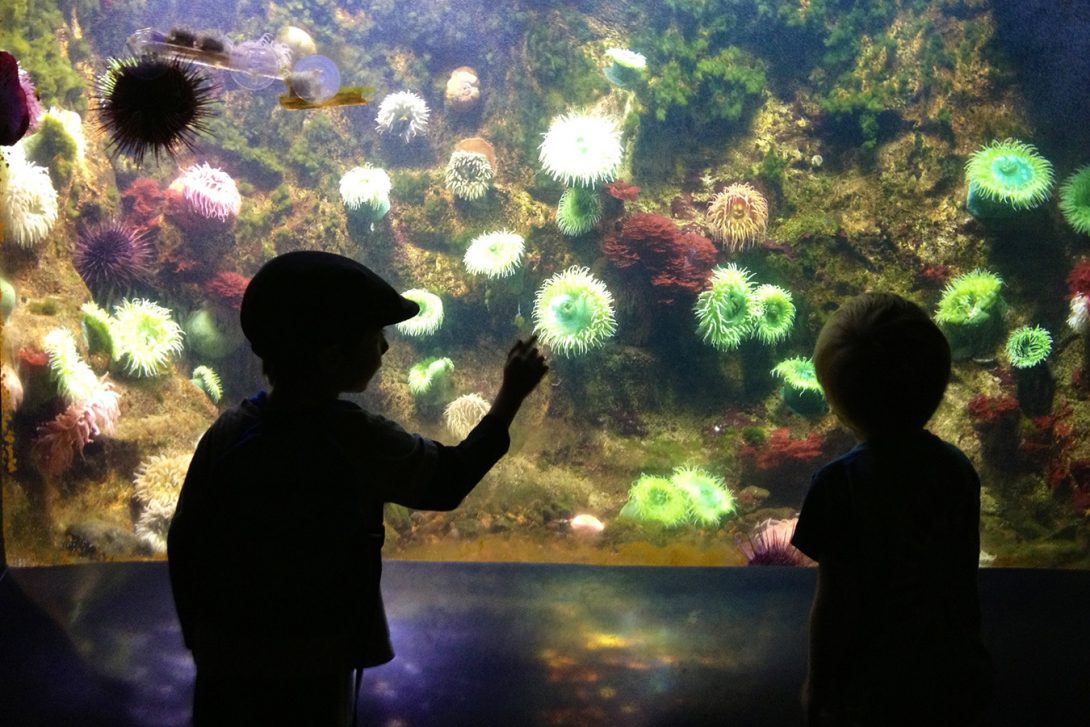
The Bridge
The BRIDGE is a web-based research center and clearinghouse that unites marine educators, academia, the private sector, and government in support of ocean education. Read more
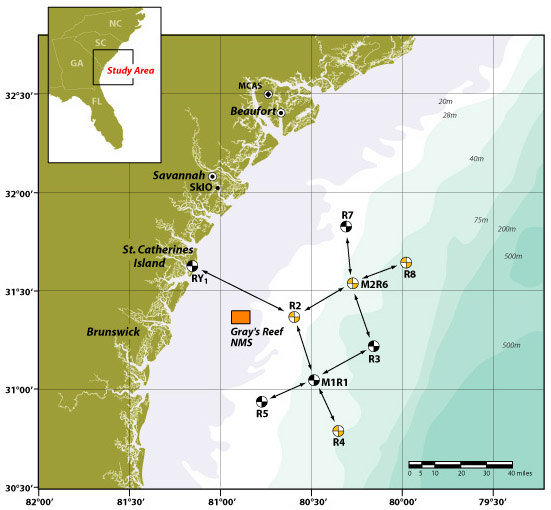
South Atlantic Bight Synoptic Offshore Observational Network
A real-time observational network on the U.S. Southeastern continental shelf. Read more
2023 - EXCELLENCE IN PARTNERING AWARDEE
2023 Excellence in Partnering Award
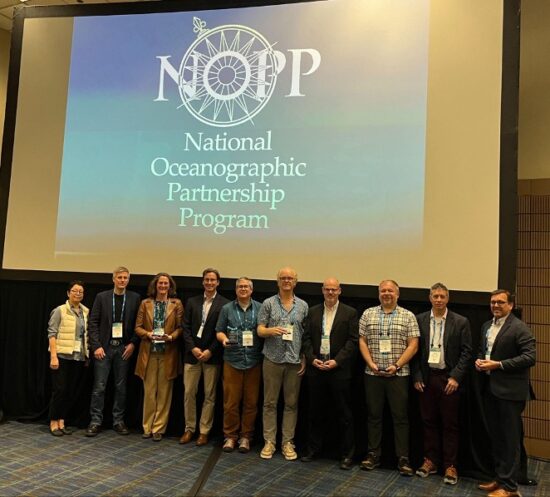
The National Oceanographic Partnership Program (NOPP) is pleased to announce that the Atlantic Deepwater Ecosystem Observatory Network (ADEON) is the 2023 recipient of the NOPP Excellence in Partnering Award. The award was presented at the 2024 Ocean Sciences Meeting in New Orleans, Louisiana. The Excellence in Partnering Award is given annually to a NOPP project that best exemplifies the NOPP’s objective of developing a successful network of partnerships to advance the ocean sciences. ADEON was conceived by Dr. Kyle Becker of the Office of Naval Research (ONR), Dr. Rebecca Green at the Bureau of Ocean Energy Management (BOEM), and Dr. Jason Gedamke at the National Oceanic and Atmospheric Administration (NOAA). ADEON was led by Dr. Jennifer Miksis-Olds of the University of New Hampshire (UNH).
2019 - EXCELLENCE IN PARTNERING AWARDEE
NOPP Partners Launch Arctic Ecosystem Study
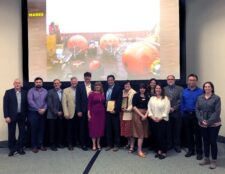
Lead PI: Dr. Francis Wiese, Stantec Consulting Services
The National Oceanographic Partnership Program (NOPP) is pleased to announce that the Marine Arctic Ecosystem Study (MARES) is the 2019 recipient of the NOPP Excellence in Partnering Award. The award was presented at the 2020 Ocean Sciences Meeting in San Diego, California. The Excellence in Partnering Award is given annually to a NOPP project that best exemplifies the NOPP’s objective of developing a successful network of partnerships to advance the ocean sciences. MARES was conceived by Dr. Guillermo Auad of the Bureau of Ocean Energy Management (BOEM) and led by Dr. Francis Wiese of Stantec Consulting Services.
2017 - EXCELLENCE IN PARTNERING AWARDEE
The Gulf of Mexico Shipwreck Corrosion, Hydrocarbon Exposure, Microbiology, and Archaeology Project Wins the 2017 Excellence in Partnering Award

Lead PI: Leila J. Hamdan, University of South Mississippi
Co-PIs: Melanie Damour of the Bureau of Ocean Energy Management
The GOM-SCHEMA team, led by Dr. Leila J. Hamdan of the University of Southern Mississippi and Melanie Damour of the Bureau of Ocean Energy Management, investigated the impact of oil exposure on historic shipwrecks from the microscopic to the macro scale during a four-year period and the subsequent recovery of these sensitive deepwater habitats in the Gulf of Mexico. During this project, the team discovered that a sunken WWII German U-boat and a 19th century wooden-hulled sailing vessel located within 10 miles of the spill’s origin had been exposed to the fallout plume of the 2010 Deepwater Horizon oil spill, and that such exposure could have negative impacts on the long-term preservation of these non-renewable, historically significant cultural resources and their resident biological communities.
2016 - EXCELLENCE IN PARTNERING AWARDEE
National Marine Sanctuaries as Sentinel Sites for a Demonstration Marine Biodiversity Observation Network (MBON)
Lead PI: Frank Muller-Karger, University of South Florida
Co-PIs: Francisco Chavez, Monterey Bay Aquarium Research Institute; Scott Doney and Maria Kavanaugh, Woods Hole Oceanographic Institution; Enrique Montes, USF; Steve Gittings, NOAA Office of National Marine Sanctuaries
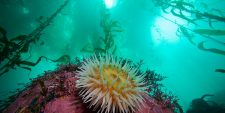
The Sanctuaries Marine Biodiversity Observation Network (MBON) project seeks to provide near real-time information on the status and trends of life in the sea. The project is designed to monitor changes in marine biodiversity in two US National Marine Sanctuaries — Florida Keys and Monterey Bay, working jointly with the NOAA Office of National Marine Sanctuaries and the U.S. Integrated Ocean Observing System (IOOS). In 2016, the team made funds available to explore potential expansion of the project into the Flower Garden Banks National Marine Sanctuary. Sanctuaries MBON is one of three NOPP demonstration projects launched in Fall 2014 with funding from NASA, NOAA’s Office of Ocean Exploration and Research, BOEM, and U.S. IOOS, plus an initial investment from Shell Oil. Funding partners for the national MBON effort have expanded to include NSF’s Division of Polar Programs. MBON also relies on strong partnership with the U.S. Geological Survey’s Ocean Biogeographic Information System (OBIS) team.
2015 - EXCELLENCE IN PARTNERING AWARDEE
Atlantic Canyons: Pathways to the Abyss
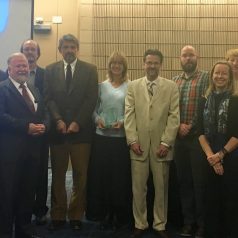
Lead PIs: Dr. Sandra Brooke, Florida State University, Dr. Steve W. Ross, University of North Carolina, Wilmington, & Mr. Stephen Viada, Continental Shelf Associates, Inc.
The Atlantic Canyons project brought together a team of collaborators (click here for full list of recipients) from private industry, government agencies, and academic institutions to explore and document the deep-water and benthic marine habitats of two mid-Atlantic Canyons located offshore of Virginia and Maryland. This effort involved research cruises to the Norfolk and Baltimore Canyons from 2011 to 2013 that found unexpected extensive deep-water coral ecosystems, identified over 125 species of fish, discovered large swaths of chemosynthetic mussel communities, documented historically important shipwrecks off the coast of Virginia, and deployed innovative sensing technologies on the canyon floors to monitor their oceanographic characteristics. Federal support for this project was provided by the Bureau of Ocean Energy Management (BOEM), the National Oceanic and Atmospheric Administration (NOAA), and the U.S. Geological Survey (USGS).
2014 - EXCELLENCE IN PARTNERING AWARDEE
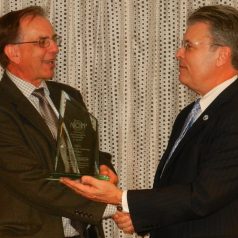
Development of an integrated ISFET pH sensor for high pressure applications in the deep-sea
Lead PI: Dr. Kenneth Johnson, Monterey Bay Aquarium Research Institute (MBARI)
The “Deep-Sea Durafet pH” sensor, developed by the team after several years of engineering and testing, is a prototype that now operates to 2000 meters depth and is expected to become commercially available for other ocean research projects and education. This robust and stable sensor will enable autonomous monitoring of ocean pH, especially as it relates to pH changes driven by increasing atmospheric carbon dioxide. Deep-Sea Durafet pH sensors are currently operating on profiling floats and CTD/Rosette samplers, where they are producing high quality pH profiles.
2013 - EXCELLENCE IN PARTNERING AWARDEE
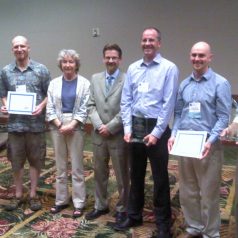
Lead PI: Dr. Andrew Barnard, WET Labs
Dr. Barnard brought together a project team of chemical and environmental research scientists from both freshwater and oceanic communities, leading in situ instrument manufacturers, operators, and ocean observing and resource managers. The goal of the project was to develop a reliable and accurate long-term in situ nutrient sensor system using methods that are both user friendly and can be readily adapted for several nutrients.
Dr. Barnard and his team effectively transitioned the sensors into key local, state, and Federal monitoring programs, as well as ocean observing and scientific research projects. In doing so, they illustrate what the NOPP program is all about; collaboration and partnership with the goal of advancing ocean research and education.
2011 - EXCELLENCE IN PARTNERING AWARDEE
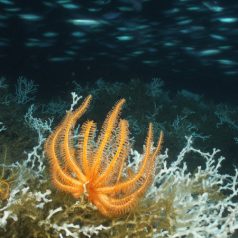
Lead PI: Dr. James Brooks, TDI Brooks International, Inc. and Dr. Charles Fisher, Pennsylvania State University
The four-year project was the first scientific study dedicated to researching deep-sea corals specifically near sites of actively producing oil and gas platforms in the Gulf of Mexico. During the last cruise for the project in July 2012, the research team discovered Lophelia coral growing deeper than previously seen anywhere in the Gulf of Mexico, which will significantly advise the protection of deep water corals in the future.
2009 - EXCELLENCE IN PARTNERING AWARDEE
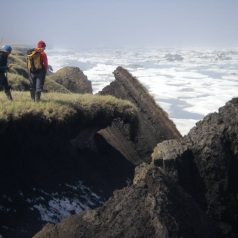
Toward a Predictive Model of Arctic Coastal Retreat in a Warming Climate, Beaufort Sea, Alaska
Lead PI: Dr. Cameron Wobus, University of Colorado
The long-term goal of this project is to understand the environmental drivers of extremely rapid coastal erosion in the Arctic, so that we can predict how present and future climate change might influence coastal erosion. The project team monitored erosion processes using time-lapse photography, by collecting meteorological and oceanographic data from sites along the coast, and by analyzing climactic and geographic data from the past few decades to identify trends in coastline position through time.
2008 - EXCELLENCE IN PARTNERING AWARDEE
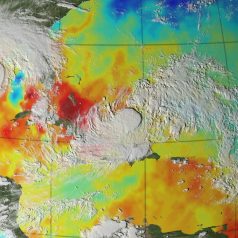
Multi-sensor Improved Sea Surface Temperature (MISST) for GODAE
Lead PI: Dr. Chelle Gentemann, Remote Sensing Systems, Inc.
The Multi-sensor Improved Sea Surface Temperatures (MISST) for the Global Ocean Data Assimilation Experiment (GODAE) project focused on producing an improved, high-resolution, global, near-real-time (NRT), sea surface temperature analyses through the combination of satellite observations from complementary infrared (IR) and microwave (MW) sensors and then demonstrating the impact of these improved sea surface temperatures (SSTs) on operational ocean models, numerical weather prediction (NWP), and tropical cyclone intensity forecasting. SST is one of the most important variables related to the global ocean-atmosphere system. It is a key indicator for climate change and is widely applied to studies of upper ocean processes, to air-sea heat exchange, and as a boundary condition for numerical weather prediction. The importance of SST to accurate weather forecasting of both severe events and daily weather has been increasingly recognized over the past several years.
2007 - EXCELLENCE IN PARTNERING AWARDEE
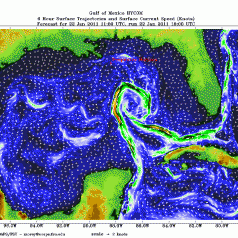
U.S. GODAE: Global Ocean Prediction with HYbrid Coordinate Ocean Model (HYCOM)
Lead PI: Dr. Eric Chassignet, University of Miami, RSMAS
A broad partnership of institutions proposes to collaborate in developing and demonstrating the performance and application of eddy-resolving, real-time global and basin-scale ocean prediction systems using the HYbrid Coordinate Ocean Model (HYCOM). The systems will run efficiently on a variety of massively parallel computers and will include sophisticated, but relatively inexpensive, data assimilation techniques for assimilation of satellite altimeter sea surface height (SSH) and sea surface temperature (SST) as well as in-situ temperature, salinity, and float displacement.
2006 - EXCELLENCE IN PARTNERING AWARDEE
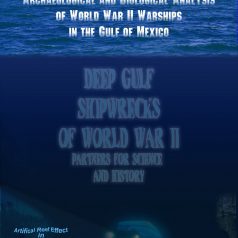
Lead PI: Robert Church, C & C Technologies, Inc.
This multidisciplinary study focused on the biological and archaeological aspects of six World War II era shipwrecks in the north-central portion of the Gulf of Mexico, which were lost as a direct result of wartime activity between early May and late July in 1942. All six shipwrecks were discovered during oil and gas surveys and reported to the MMS as a result of Federal regulations. The shipwreck sites were investigated over an 18-day period using a Remote Operated Vehicle (ROV) to determine site boundaries, National Register potential, preservation state and stability, and the potential for man-made structures or objects to function as artificial reefs in deepwater. Also a significant educational outreach component was implemented along with the scientific and historical components of the project.
2004 - EXCELLENCE IN PARTNERING AWARDEE
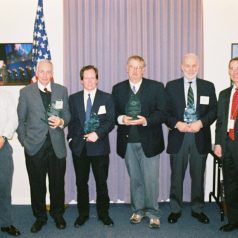
Estimating the Economic Benefits of Regional Ocean Observing Systems
Lead PI: Dr. Hauke L. Kite-Powell, Woods Hole Oceanographic Institution
The NOPP-sponsored project on estimating the potential economic benefits from new investments in regional coastal ocean observing systems in US waters was a two-year (2002-2004) effort involving a team of researchers from around the country. These findings suggest that annual benefits to users from the deployment of ocean observing systems are likely to run in the multiple $100s of millions of dollars per year.
2003 - EXCELLENCE IN PARTNERING AWARDEE
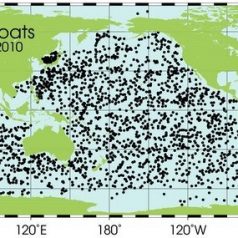
An Integrated System for Real-Time CTD Profiling Float Data on Basin Scales (ARGO)
Lead PI: Dr. Dean Roemmich, Scripps Institution of Oceanography
Argo is a global array of 3,000 free-drifting profiling floats that measures the temperature and salinity of the upper 2000 m of the ocean. This allows, for the first time, continuous monitoring of the temperature, salinity, and velocity of the upper ocean, with all data being relayed and made publicly available within hours after collection.
2002 - EXCELLENCE IN PARTNERING AWARDEE
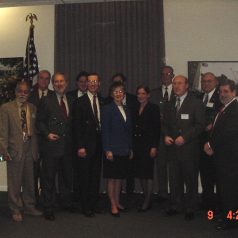
The Coastal Marine Demonstration Project (CMDP)
Lead PI: Dr. Leonard J. Walstad, Horn Point Laboratory
The Coastal Marine Demonstration Project (CMDP) was a two-year partnership effort, funded by the National Oceanographic Partnership Program, which developed, improved, delivered and evaluated experimental marine forecast products for mariners of the Chesapeake Bay and surrounding coastal ocean. The partnership was a collaboration of academic, private industry, government and private citizens. Two of the experimental models demonstrated in the CMDP are now operational, including NOS’ Chesapeake Bay Operational Forecast System and NWS’ Regional Ocean Forecast System.
2001 - EXCELLENCE IN PARTNERING AWARDEE
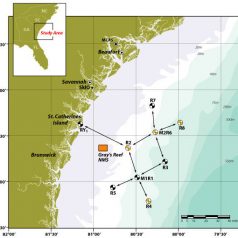
South Atlantic Bight Synoptic Offshore Observational Network
Lead PI: PI: Dr. James Nelson, SkIO (original PI: Harvey Seim, now with UNC Chapel Hill)
A real-time observational network on the U.S. Southeastern continental shelf is being developed. Eight large offshore platforms, currently operated by the U.S. Navy for flight observations, are being instrumented to provide a range of oceanographic and meteorological observations on a continuous, real-time basis. Data are used by the National Weather Service, local fisherman, various researchers, and will be utilized by a separately-funded NOPP modeling project.
2001 - EXCELLENCE IN PARTNERING AWARDEE
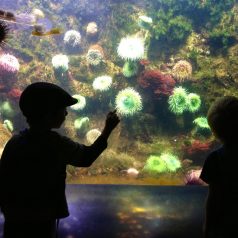
Lead PI: Ms. Frances Lee Larkin, Virginia Institute of Marine Science
The BRIDGE is a novel, web-based research center and clearinghouse that brings together marine educators, academia, the private sector, and government in support of quality ocean education. The BRIDGE provides educators with a comprehensive source of accurate and useful information on global, national, and regional marine science topics, and provides researchers with a contact point for their educational efforts. Project partners, the National Marine Educators Association (NMEA), the National Sea Grant Program (NSGP), the Virginia Institute of Marine Sciences (VIMS), and the proposed Central Coordinating Office (CCO) of NSF’s Centers of Ocean Science Excellence in Education (COSEE), together with a network of ocean science websites, bring to the BRIDGE a national presence and collaborative infrastructure in ocean education, a suite of complementary resources, and ready access to current scientific and educational information and to the Nation’s teachers.

